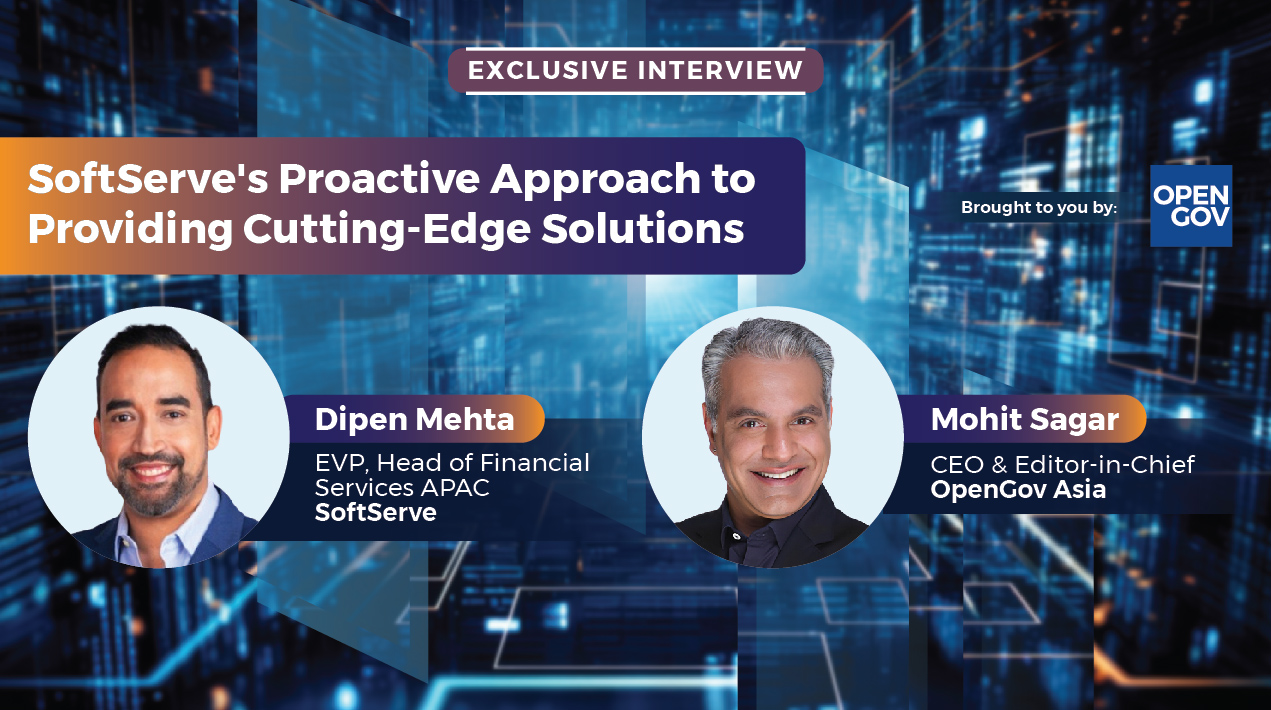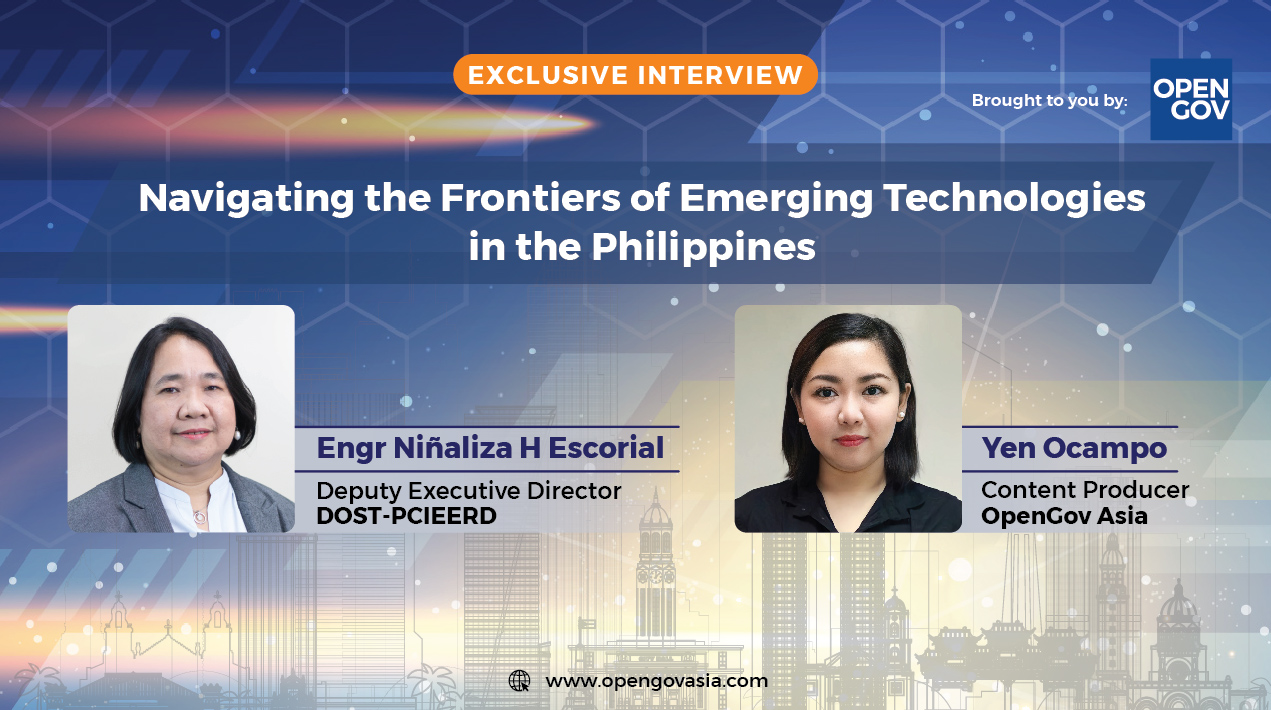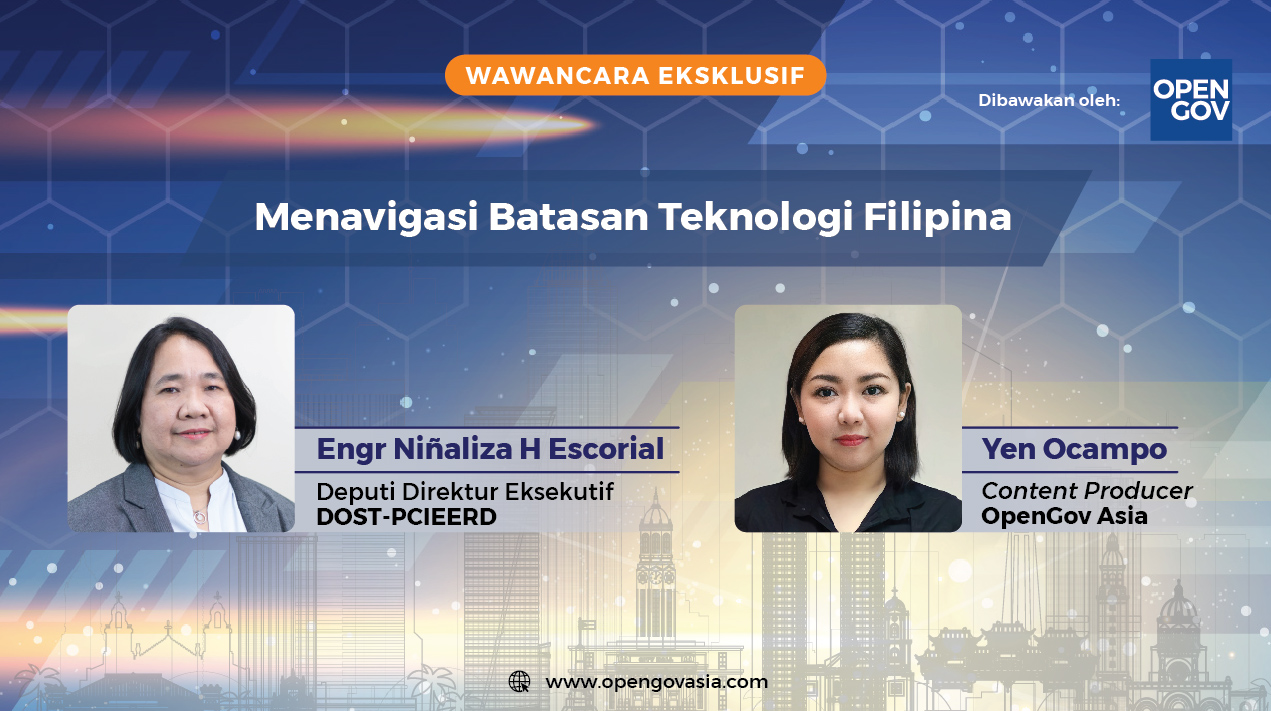The way in which technology is shifting since 15 years ago is interesting. But I think what will happen over the next 3 or 4 years will happen much quicker.
Anything up to 80 percent of government processes are going to be impacted by technology in the next 3 or 4 years. We can’t stop it; it is going to happen.
Uber is an example of something that is challenging a regulatory environment with a new way of doing things. It is up to government to either respond or be proactive in delivering their services.
Another interesting thing expected in the near future is that a million devices will connect to the internet in 2021 every hour of every day. There will be more and more connections. To that extent, we need to move forward.
The ICT strategy for Government is about building a platform that takes us to a place that allows innovation and inclusiveness. We must be able to do that now… We are not able to leap frog and go forward in a shorter time frame because a lot of people have been doing this around the world. We are certainly different in that regard.
The strategy that we want to try will be taken to Cabinet by June of this year. The simple thing about this strategy is that we want to declutter the infrastructure and technology components of government. From a business point of view, we don’t want the pain of technology to stop us from doing stuff.
We do also have an expectation of being interconnected across government. That does not only mean by voice or video, but also data. I have proposed some emergency management people, like police and fire rescue, about the interconnectivity in the emergency space to save lives. We would like to be in this interconnected space using the ICT strategy, moving forward.
The strategy will set a framework, and depending on the agency whether large or small, they will drive different ‘vehicles’ but all be going down the same road. That road is what we want to prescribe going forward.
Not saying that you must drive a particular ‘vehicle’ or use a particular ‘technology’, nor are we suggesting that it must be a shared service so then we would all be jumping on the same ‘bus’ and someone else is driving it for us. What we are saying is that if you are going to travel down a particular path, you are not going to deviate. I think that is important for us as a Government and for industry to know and understand what it is we are seeking, so we can deliver those types of outcomes.
Yes, we are complicated – 148,000 public servants in the Western Australia public sector, more than 140 agencies, usually spend 1.5 to 2 billion a year on technology.
They say technology is an opportunity not only to improve productivity but improve efficiency of government. We also have a number of Director Generals who are engaged and Chief Executives from agencies such as agriculture, transport, education, finance, to police portfolios. It is my job to manage and convince them that this is the path we want to go down.
We also have a group of CIOs who come from a variety of different sized agencies and they are there to provide advice on technical components of driving a particular agenda.
What you see on the top of the tree, in terms of any decision, is what is the business impact and business improvement. It is not about the technological improvement which could result in a bad example.
We need to take a different approach and that approach is here with us today.

The first thing we are doing, which is what the Gov next program is about, is to look towards consolidating technological platforms. We are looking at the data centres, we have about 60 or 70 centres which are boxes in rooms elsewhere. We want to consolidate that down to 2 or 3 data centres in Western Australia.
We want an interconnected network and we seriously want to improve the region of Western Australia. Whoever works and operates in Western Australia, in the metro area in public service… we want the region of Western Australia to have the same capabilities, regardless of where they are. We accept the fact maybe the infrastructure is not there yet, but that is the goal.
Why? There are agencies like Justice, Health, and Education; we want them to be just as productive and capable with the information they need to deliver their services there. And in some regards we will do it in a mobile way, whether it be video conferencing, prison officers moving in between locations, health professionals delivering services on the go.
That is a pretty fundamental structural change and we are going to move pretty quickly on that. We hope to be in an attractive position with those types of companies by July of this year.
That will mean that the 9 agencies being marked to move into that are all planning for that shift. Those agencies account for 78 percent of the size of Government and all of the smaller agencies will move in at the right time, when they need to.
The other part of those in roads will work to be able to communicate in a better way across government. We spend a lot of time talking to each other and we want that to be easier.
Another part of our technological platform is how we move to a cloud environment, and how we push that very hard going forward. That is gearing up for a big shift, while some are already there, we want others to move pretty quickly.
One of the reasons why we have started with a platform, we want to build capabilities as we go up the tree. We want to move into the kind of process, around April or May, to build what we call an online service for government.
New South Wales have been doing it for a while, other countries have been doing it for a while. This includes the ability for us to identify citizens and to use that identification to deliver those services in a safe environment.
For example, we have Arnold Wong who is citizen who is registered and logged in. He will select what type of services he wants allocated towards him. As he makes changes to his profile, such as a new address, we want that reflected as well.

The first trench of that is looking at licensing, the Department of Commerce and Transport are joined at the hip on this and they are looking towards how they can set up a licensing platform.
We do a lot of regulatory licensing in government, there is a driving license, vehicle license, travel license, firearm license, fishing license, plumbing license, and a whole ton of others. There are multiple platforms around that. Most of which identify who they are, where they live, and other such personal details.
Those two agencies will be driving that, using the identity that is available, and then availability of identities such as driver’s license which is a high calibre checkpoint. We are checking with the federal government about the incorporation of validation tools in the backend of that. It has to be a tuned process.
As we move down the capability tree, looks at how we improve our business then in a way where we source and procure the types of innovation that we are seeking. Really ought to be how we actually drive the capability within the sector, both from a commercial and technical standpoint. Also, to get the kind of outcomes and government structures we need to deliver these major projects.
At the end, it is about data analytics and how we get that information for government. I would love for Cabinet to sort of ask me questions such as where are the current traffic districts which are causing me pain and how do we change that current structure or infrastructure.
We want to be in that analytical space but we can’t do that analytics we drive from the capability component, but the platforms component, and drive that delivery in terms of services to the community. Ultimately, we will get to that point.





















